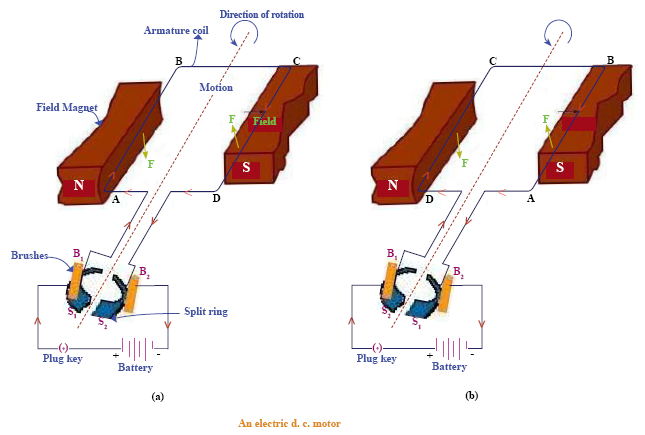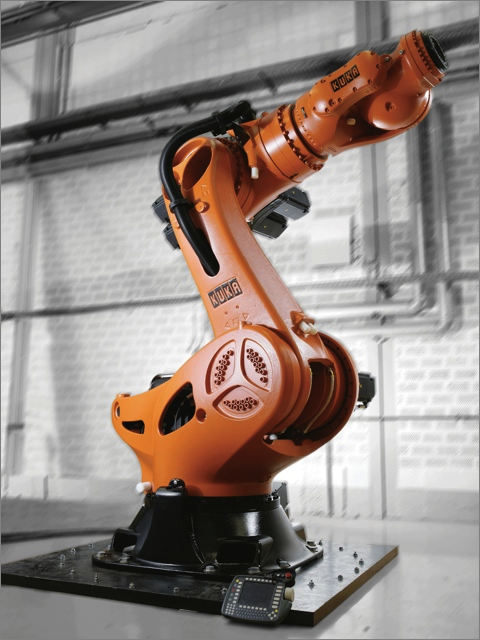Electric Motors: Difference between revisions
No edit summary |
|||
| Line 38: | Line 38: | ||
===Further reading=== | ===Further reading=== | ||
"Electric Motor" | |||
https://en.wikipedia.org/wiki/Electric_motor#Early_motors | |||
===External links=== | ===External links=== | ||
Revision as of 17:52, 5 December 2015
This page covers electric motors
Claimed by Komal Hirani: khirani6

The Main Idea
Motors convert electrical energy into mechanical energy. Our everyday routines heavily rely upon the electric motors in common applications such as refrigerator compressors, water pumps, elevators, clocks, and cars. Electric motors are a common application of the torque that a magnetic field exerts on a current-carrying coil. In order for motors to function the way that they do, the current-carrying coil needs to turn continuously. In order for the current-carrying coil to turn in such a way, you need to make electrical connections to the coil in such a way that just as it is coming to its stable position, you reverse the direction of the current. A simple way to achieve this continuos motion is through a "split-ring commutator" that automatically changes the direction of the current through the coil at just the right moment. Metal tabs make contact between the battery and the commutator, which allows current to flow and for the motor to rotate.
Below is a picture that shows the overall design of a single-loop motor driven by direct current (DC):
Examples
Connectedness
- 1 How is this topic connected to something that you are interested in?
Motors are heavily used in robotics, which is something that I have been interested in ever since I was on my high school's robotics team. In robotics, we heavily rely upon motors to power the robot and allow the robot to perform as it is supposed to. I am interested in going into the robotics industry, particularly the electronic component of the industry, so knowing how motors work is very useful to me.
- 2 How is it connected to your major?
Even though I'm a Computer Science major, I want to eventually go into the robotics industry. In robotics, when coding for any robot, you need to know how the electronic components of the robot are able to produce energy for the robot to function. You need to be able to write code that is able to be translated by the CPU and will allow each controller and motor to function.
- 3 Is there an interesting industrial application?
Like I said, motors are heavily used in robotics in order for robots to properly move and carry out the tasks the robot was programmed to do. Robots such as the robotic arm pictured below need motors in order to generate enough power for the arm to move in different directions:
History

In the early 1800's, Orstead, Ampere, and Faraday laid down the foundation for building electric motors by introducing the basic principles of electromagnetic induction. In 1820, Orstead had confirmed that there was a relationship between electricity and magnetism. In the same year, Ampere invented the solenoid and discovered Ampere's Law, which helps describe magnetic fields produced by motors and solenoids. In 1821, Faraday successfully converted electrical energy into motion and created the simplest form of the electric motor. In 1832 however, William Sturgeon introduced the first ever commutator DC electronic motor, and later on in 1837, Thomas Davenport created a DC motor for commercial services and received the first US electric motor patent, which is why a lot of people associate him with the first person to invent the electric motor.
See also
Further reading
"Electric Motor" https://en.wikipedia.org/wiki/Electric_motor#Early_motors
External links
Internet resources on this topic
References
https://www.grc.nasa.gov/www/k-12/airplane/thermo0.html http://hyperphysics.phy-astr.gsu.edu/hbase/thermo/thereq.html

